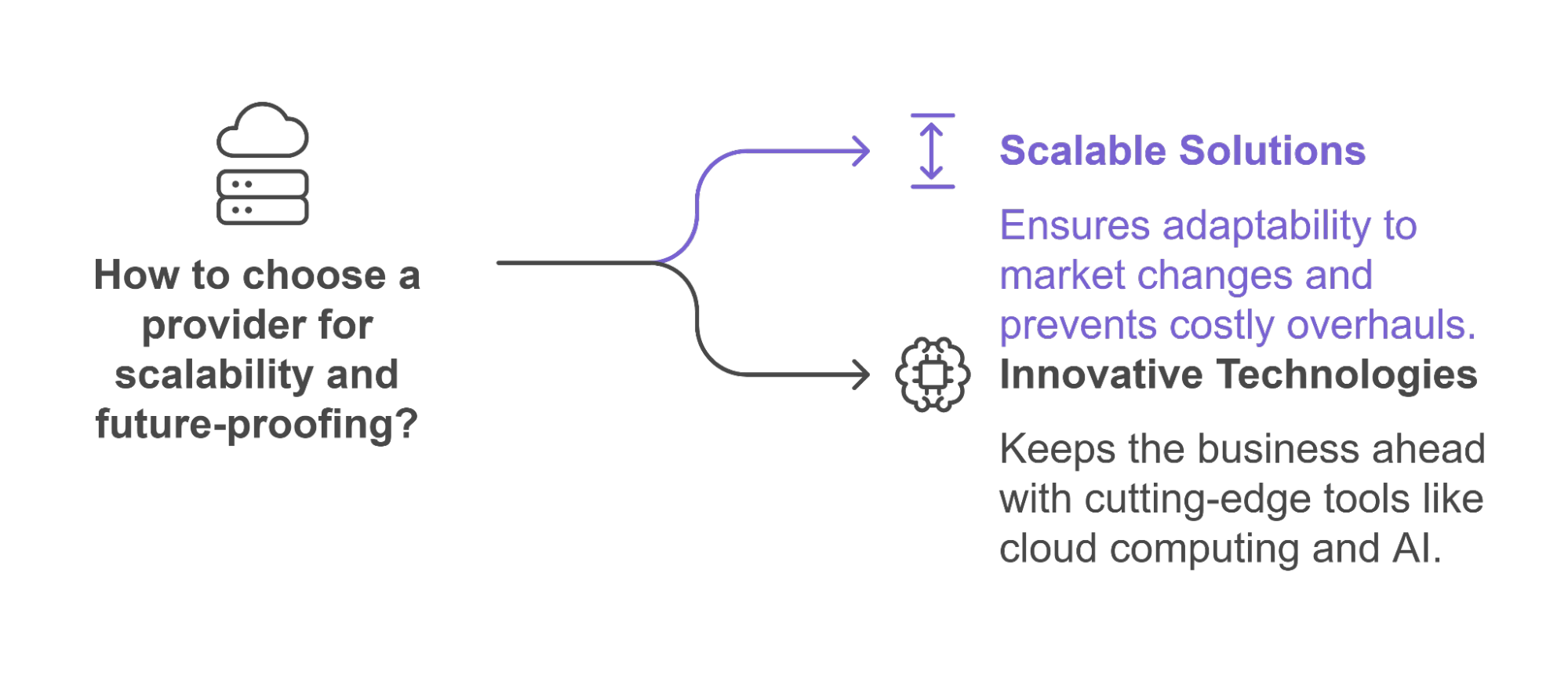The complexity of today’s IT landscape demands expertise, strategy, and the right support—but finding the right provider can be overwhelming. One of the biggest challenges businesses face is the growing IT skills gap, which is expected to impact operations significantly in the coming years. By 2026, 90% of organizations will be negatively impacted by the IT skills shortage, making it even more crucial to partner with a provider that can bridge this gap.
| A well-structured checklist is essential to making informed decisions and aligning IT services with business goals. As CEO of Cantey Tech Consulting Willis Cantey says, “A managed IT services checklist empowers businesses to navigate IT challenges and secure long-term success.” |
This blog explores the critical components of an effective managed IT services checklist and highlights the key questions you need to ask when selecting a provider.
Core Components of a Managed IT Services Checklist
A comprehensive managed IT services checklist ensures no critical detail is overlooked when evaluating providers. Whether you’re upgrading existing systems or seeking a partner for long-term support, understanding the essential components is key to achieving efficiency and reliability. Below are the core elements that should be part of your checklist:
Strategic IT Assessment
Start by gaining a clear understanding of your current IT landscape. This involves assessing various aspects of your technology to identify areas for improvement and ensure alignment with your business goals. Key focus areas include:
- Hardware and Software Evaluation: Analyze existing systems to identify outdated or underperforming technologies that may hinder operations.
- Process Optimization: Review IT workflows to uncover inefficiencies and opportunities for improvement.
- Technology Alignment: Ensure your IT infrastructure supports your current and future business objectives.
Providers with expertise in IT strategy can use these insights to create actionable roadmaps that enhance performance, reduce costs, and support long-term growth. We often find out that many of the people with speak with simply don’t know what they don’t know, so getting an expert to help is an important part of the strategy.




